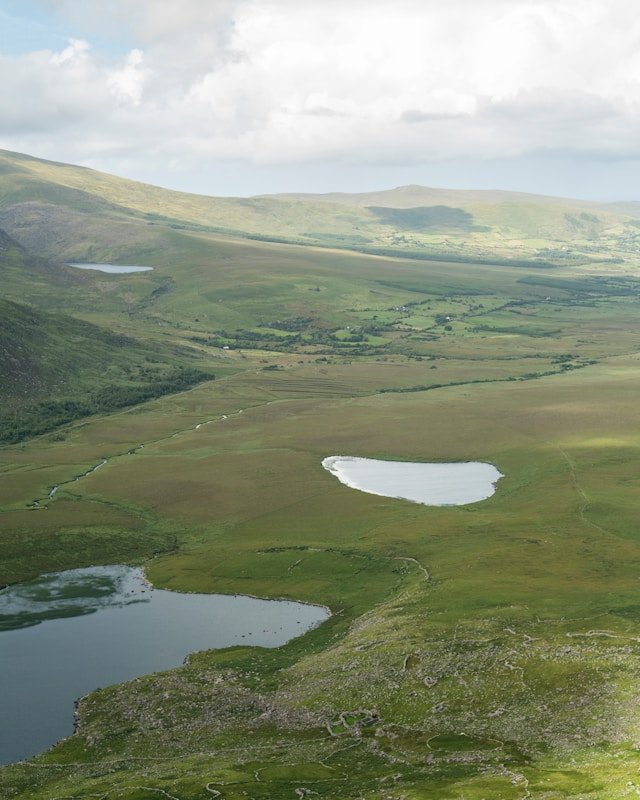What we can learn from the mighty Beaver and how we can apply this to our properties
Where there are beavers, there is water.
We all can be proud that Canada has the beaver as a national symbol. Although our great country was developed due to the heavy exploitation of this magnificent animal for their pelts, and they are still often considered destructive vermin by many, we have a lot to learn from them.
I like to think of the beaver as the earliest, and one of the best permaculture practicioner. By building dams, he is a great engineer of water, and if we mimic his principles, we can restore out watersheds, streams, rivers, aquifers and much more.
Wetlands and ponds help to clean water, recharge aquifers, feed soil moisture and much more.
In permaculture, one of the first design elements to take into account is your water shed. Not only is how much and when water arrives important, it is equally if not more important what happens to it when it hits your property.
Creation of ponds and healthy plant life to hold water increases the biodiversity of your land and helps with building drought resiliancy.
What the beaver knows is that water needs to be slowed down, and spread out. By doing this, it is in greater contact with the surface area of your land giving it time to infiltrate soils and replenish aquifers. Now this being said, we need to ensure the continued stewardship of our soils to reduce compaction and to allow for the development of a good, deep soil sponge. This is where the water will infiltrate and slowly move underground to streams, creeks, ponds, rivers and so on. Can you now see how this also helps to reduce overland flooding along with building drought resiliency? By storing it in the soils and not letting it simply evaporate or run off (which often leads to destructive erosion and further loss of soil) we allow our plants access to a more consistent supply of moisture and a longer and more vigorous growing season even through many drought conditions. This will be beneficial to you when you are purchasing less hay to feed livestock with.
A landscape showing water potenial. Water is held in ponds and sub irrigates soil, eventually and slowly feeding the creeks.
There are many things you can do to scale these princiles to your landscape design and that can help in this slowing, spreading and thereby holding of water. Start by paying attention to the beaver and make him your friend and mentor as he naturally engineers against water shortages.
Dry or low creeks have the potenrial to run all year as slowed and spread water perculates through the ground to feed them. This prevents rapid water loss to runoff and/or flash flooding.





